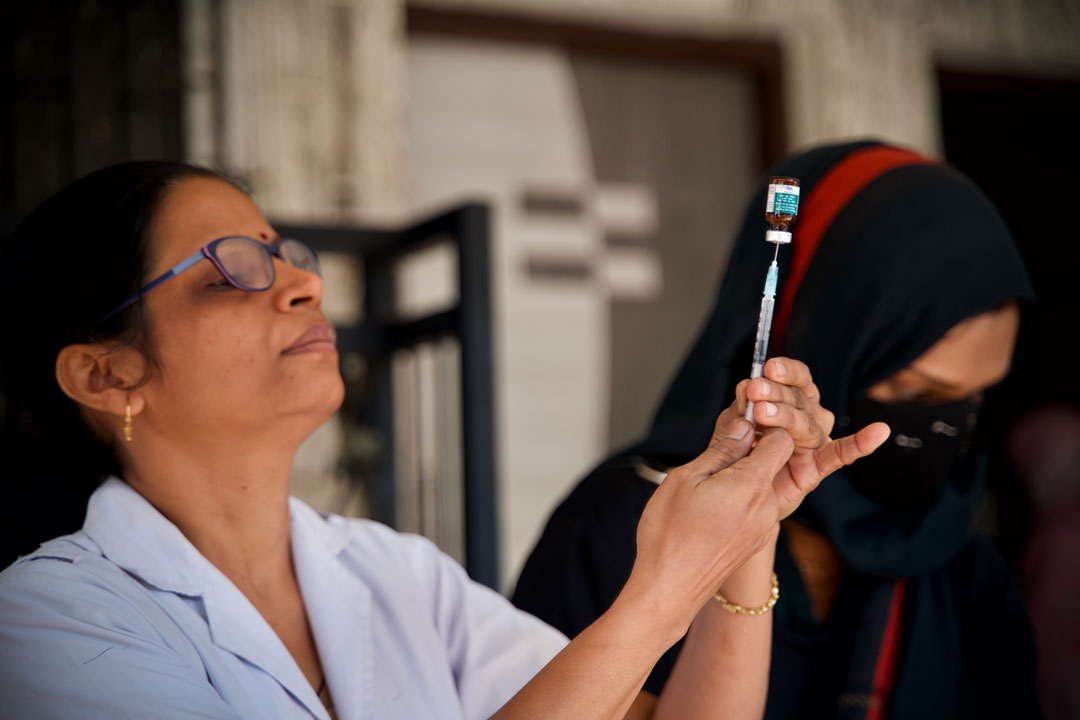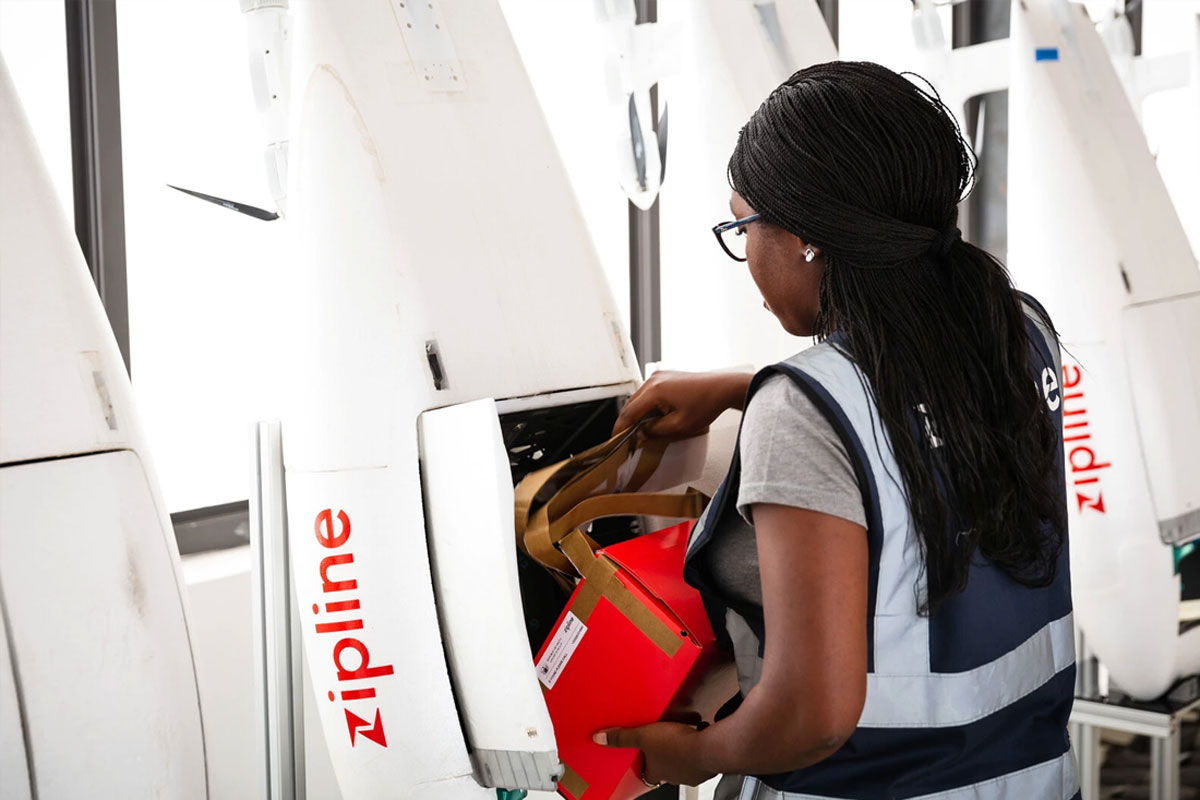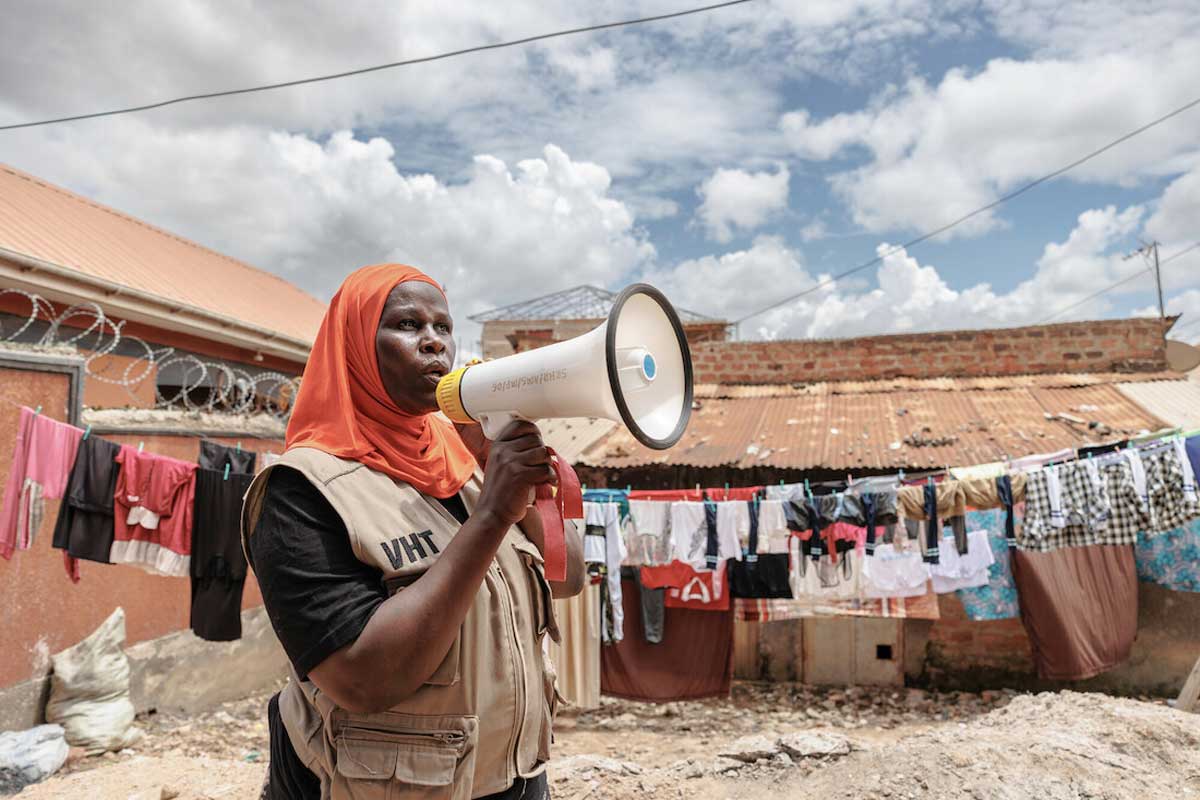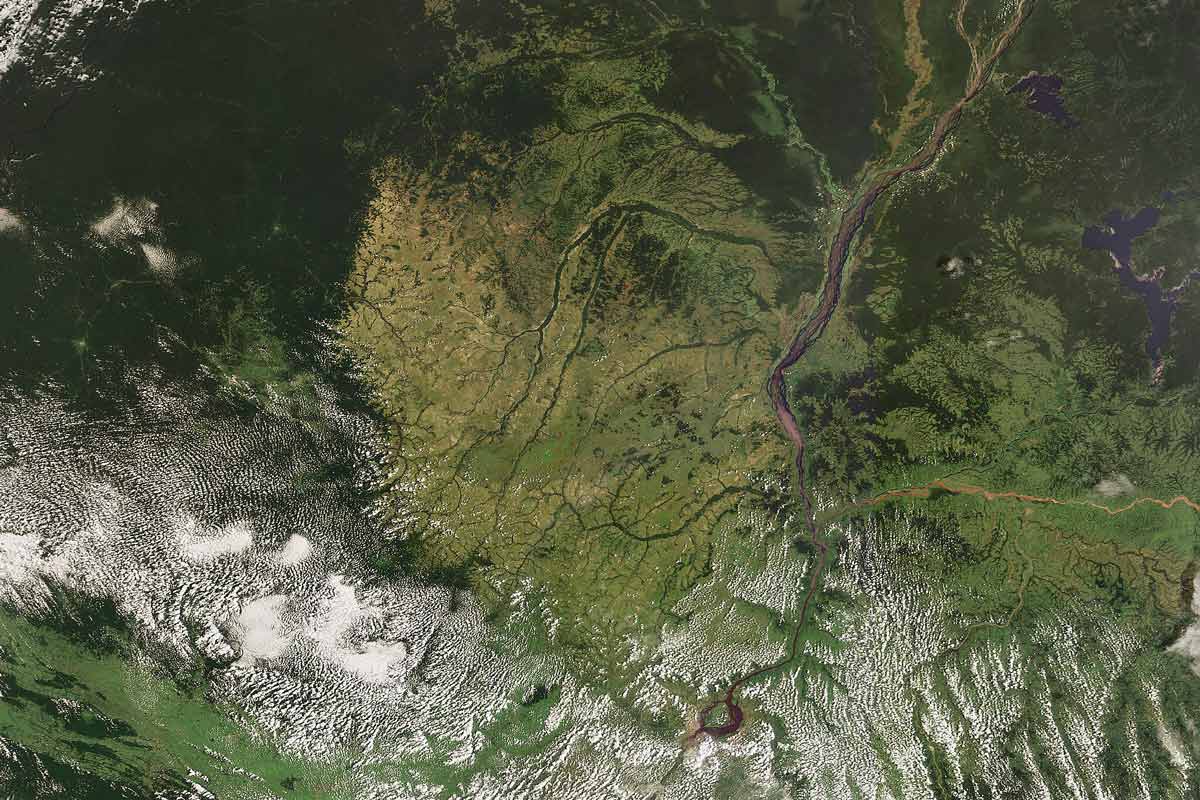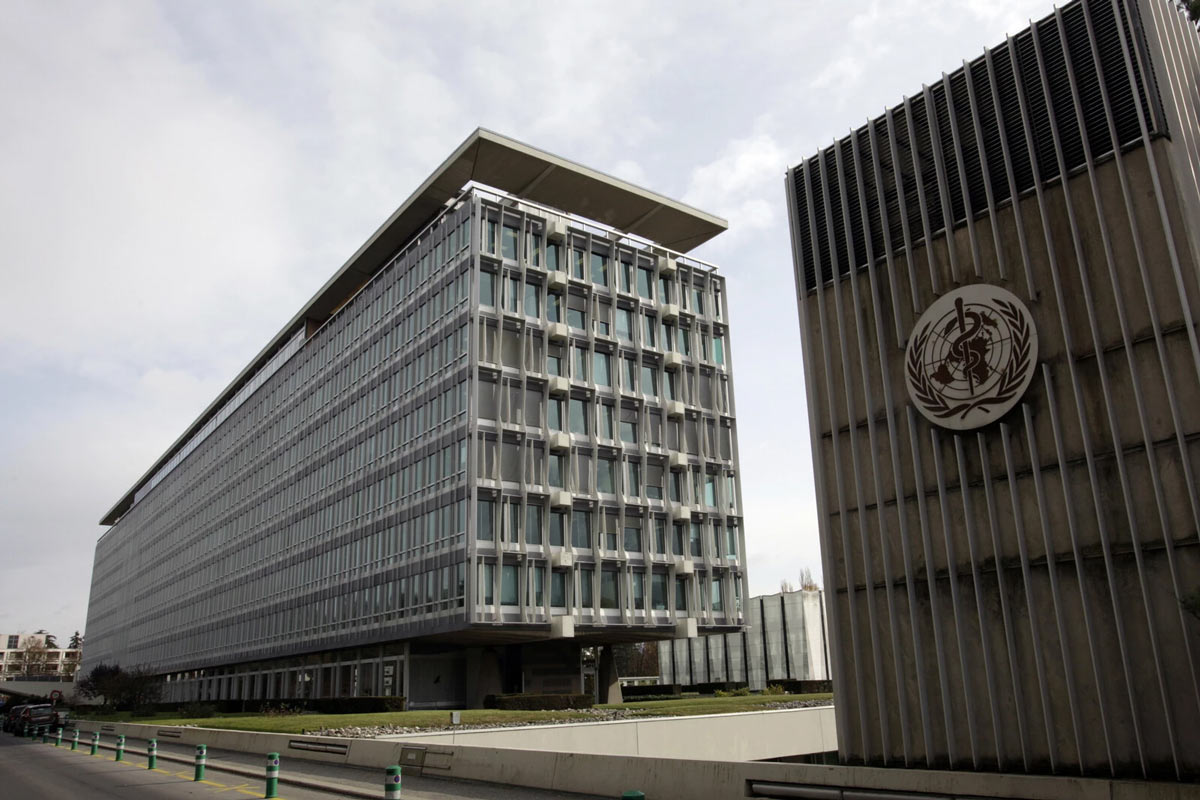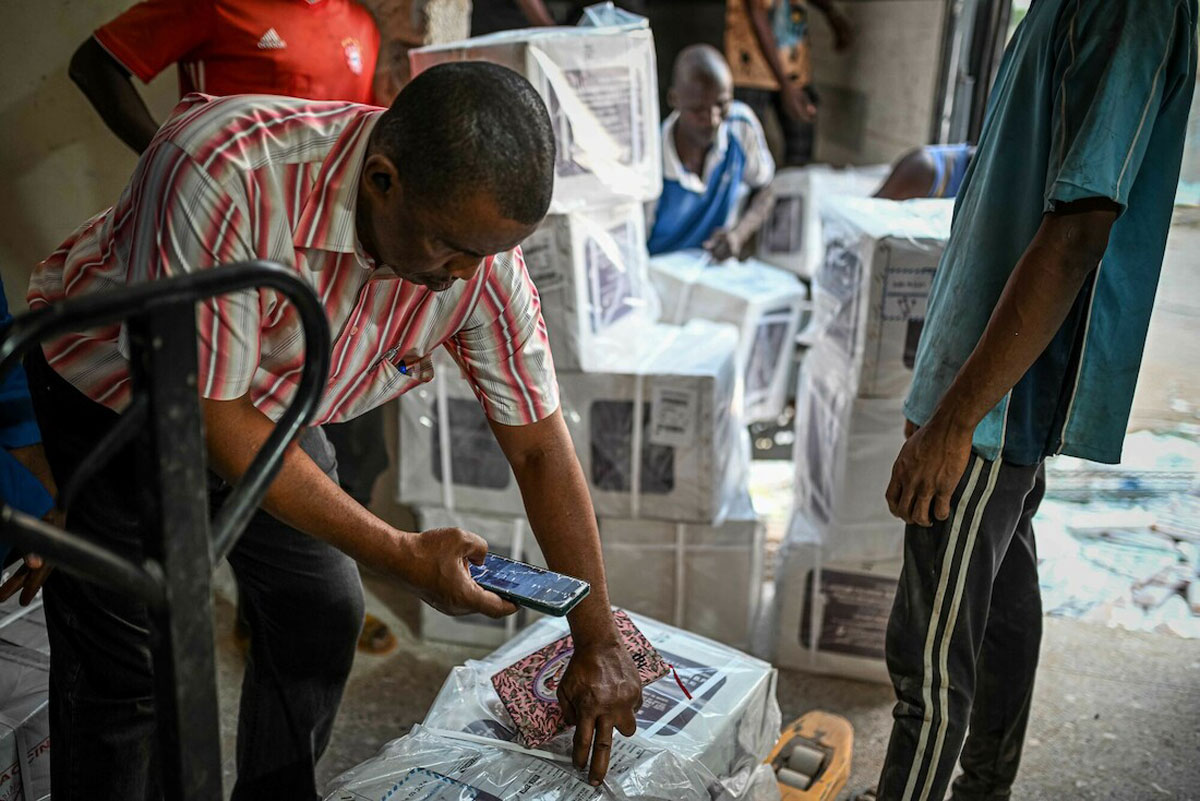How to vaccinate the world during the next flu pandemic
More work is needed to ensure everyone can access pandemic flu vaccines when we need them, say Nicole Lurie and Freya Hopper at the Coalition for Epidemic Preparedness Innovations (CEPI).
- 22 May 2024
- 6 min read
- by Linda Geddes

How would you describe the current pandemic threat posed by influenza?
Freya Hopper: I think the overarching phrase to describe CEPI's thinking about the current situation is 'calm urgency'. There's a reasonably significant outbreak of H5N1 bird flu in US cattle – the first known time that this virus has entered cattle as a host – but there's no good evidence of significant mammalian adaptation for now. There's also no current evidence of significant cow-to-human transmission, although testing is limited. And there's no current evidence of human-to-human transmission.
However, that risk is not static and can change very quickly as the virus mutates. So, while we are still very much in preparedness mode, we are making sure we know where our shoes are, in case we do need to put them on and start running.
Whenever Disease X happens, it will be different from either COVID or H5N1, but there are a bunch of general principles and ways of working – that drive towards both speed and equity – that need to be applied.
– Nicole Lurie, CEPI’s Executive Director for Preparedness and Response
Would the current infrastructure for flu vaccine manufacture be able to cope in the event of an influenza pandemic?
Nicole Lurie: The world has known how to make flu vaccines for a long time. The challenge is that while those techniques work well, they are slow. One question is how many doses of vaccine can be made, and how quickly. A significant issue is that almost all the influenza vaccine manufacturers are in the global north, which leads to further concerns about speed and equity.
A lot of that manufacturing capacity is also already spoken for by high-income countries. Nobody is currently making an advance market commitment on behalf of low-income countries for a pandemic flu vaccine.
Freya Hopper: The existing system is important: it can potentially scale up to 8 billion vaccine doses in a year, the safety of those influenza vaccines is known and the regulatory pathway for them is known. However, there are a lot of assumptions – such as viral growth, availability of adjuvants and secure egg supply – that need to be true to reach this number. Of these doses, we have estimated that 50% of the existing supply is already tied up, either in advance purchase commitments with high-income countries, or subject to likely export controls. We also know that most seasonal influenza vaccine supply contracts have contingent pandemic supply clauses in them - meaning that countries with existing seasonal flu vaccine supply can switch and buy up pandemic supply instead – and most of that existing seasonal supply is to high-income countries.
Some high-income countries, such as the US, already have pandemic stockpiles of influenza vaccine. Wouldn't that ease the pressure on global vaccine supplies?
Freya Hopper: The US has a strategic vaccine stockpile that stores a number of pandemic preparedness vaccines that they think are a good match for the circulating strain of H5N1 in cattle. But it will not be enough to vaccinate the whole US population, and it would be reserved for the US population.
Nicole Lurie: H5N1 is also not something the human population has been exposed to before, so we don't have pre-existing immunity. This means we are likely to need two doses of a traditional vaccine to get a decent immune response. A number of high-income countries have some stockpiles, with the plan to have enough vaccine to begin to vaccinate essential frontline workers until they can make some more vaccine. It is doubtful that low-income countries will have early access to vaccine, unless the world takes action.
What about newer types of vaccines such as mRNA vaccines?
Nicole Lurie: I think it is still a bit of an open question with mRNA vaccines. They could enable a more rapid response than traditional vaccines, and their supply has not already been bought up. There are also some candidates in clinical trials, and they seem like they're doing well against seasonal influenza. But we don't yet know how they are going to do against H5 viruses, such as H5N1.
Another question is how big a dose of vaccine you would need. H5N1 isn't something human populations have really been exposed to before, and at least with tests involving traditional vaccines, it takes a lot of vaccine to get a decent immune response. mRNA vaccines are already pretty reactogenic; they are associated with a bunch of mild, but common side effects. So, we don't know how mRNA will fare if big doses are needed. But it is fair to say that everyone is working on answering these questions.
Have you read?
What else do you think governments and health organisations should be doing to ensure the world is ready for a potential influenza pandemic?
Nicole Lurie: I think we need much better epidemiology and surveillance than is currently happening, and human and animal surveillance need to be brought closer together. The good thing is that, because of all the pre-existing work on influenza, we have a sense of which mutations to look out for, in terms of what is likely to cause bad human disease. So, if more samples are genetically analysed and more sequences posted, we could get ahead and have a better sense of when we would need to pull the triggers and start manufacturing vaccine.
One of the biggest challenges is that, as things currently stand, if and when we need to do this, low- and middle-income countries are going to be pretty far behind in the queue. More distributed manufacturing is ultimately going to help, but it's going to take a good while before those systems – especially mRNA vaccine manufacturing – are in place.
Although there are some frameworks, such as the Pandemic Influenza Preparedness (PIP) Framework, to increase the access of developing countries to vaccines, and the Berlin Declaration, that says big pharma companies will reserve doses if somebody makes a commitment to buy them, there is no entity right now that has the responsibility, or is charged with a commitment to step up and make that advance purchase commitment for influenza vaccines, the way governments do on behalf of their own populations.
What is CEPI doing to increase influenza pandemic preparedness?
Nicole Lurie: We don't currently have a development programme for pandemic flu vaccines, per se. But we do have the 100 Days Mission that aims to pre-position everything you would need to do to respond to Disease X, and a focus of that is to develop and test rapid-response platforms and have them ready to go around the world.
We've been building a distributed manufacturing network, which includes traditional vaccine manufacturers as well as those with newer platforms. Some of those manufacturers could pivot and make influenza vaccine if we needed them to, which is what happened with COVID-19. You also want to ensure that there's sufficient clinical research capacity in place around the world to test vaccines, so we've been building a network capable of doing those things. They are maturing, and we would call on them if needed.
Whenever Disease X happens, it will be different from either COVID or H5N1, but there are a bunch of general principles and ways of working – that drive towards both speed and equity – that need to be applied.
Nicole Lurie is CEPI's Executive Director for Preparedness and Response, and Freya Hopper is a Senior Strategy Manager at CEPI leading an exploratory project into pandemic influenza.

